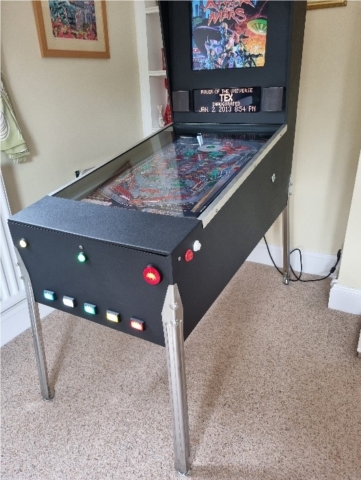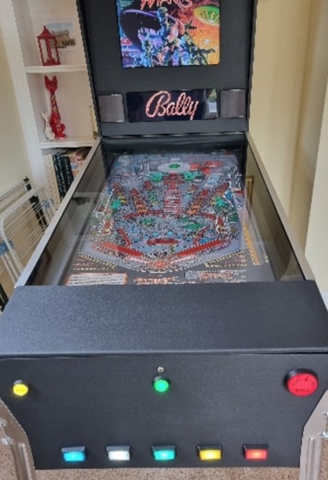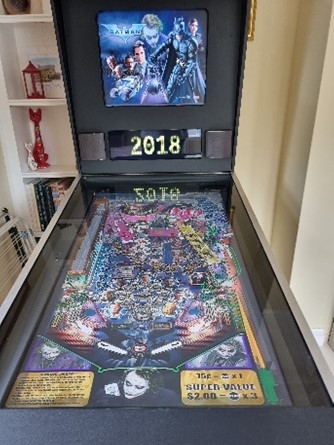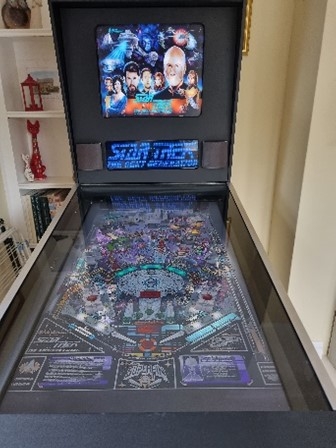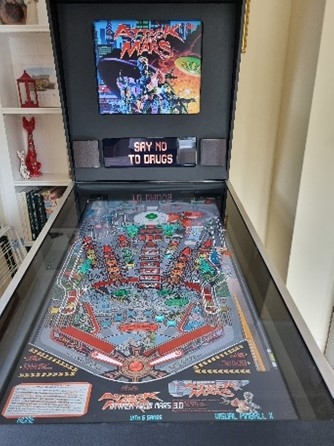Back in the 90s some gaming enthusiasts got together and created MAME (Multiple Arcade Machine Emulator) as an open source project. Since then it has morphed, adapted and evolved and is now used in countless arcade projects from simple raspberry Pi set-ups to full cabinet mounted and custom built games machines.
My aim here is to see what I can accomplish using open source software and the hardware I have either surplus to current requirements, cadged from friends or bought cheaply with Gumtree or EBay. My target is a Virtual Pinball Table with roughly the same scale and involvement as the tradition tables of my youth but at a fraction of the price of an original or re-furbished table.


